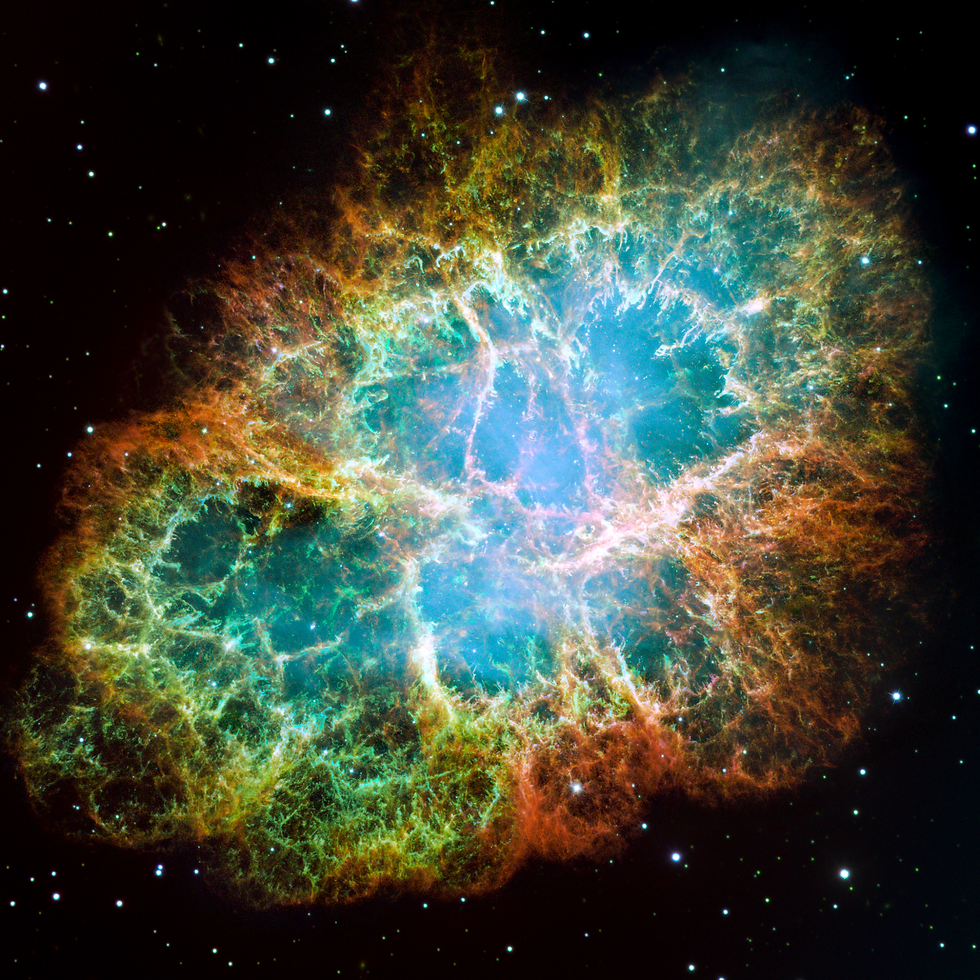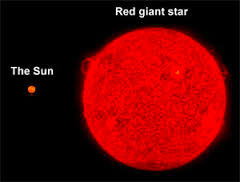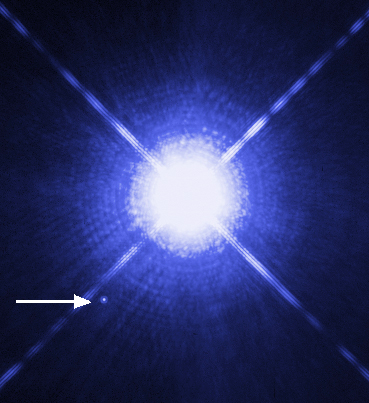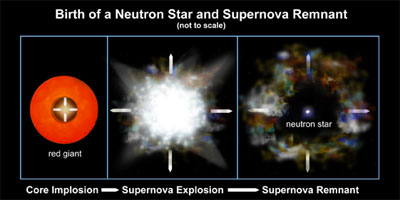Hey everyone! This is the third article of a series of articles that will cover the basics of astronomy.
Introduction
Look up at the night sky, and you'll be greeted by a twinkling spectacle of stars. But have you ever wondered what stars are? How they form and change over time? This article will answer all those questions and more.
What is a Star?
Stars are gigantic balls of gas held together by their own gravity. They produce their own light and heat (we’ll later explain how), making them shine brightly across the vastness of space. Just like our Sun, stars are massive and play a vital role in the universe. The energy they emit in the form of light and heat is what makes life possible on Earth.
Star Formation
Stars begin their journey in vast clouds of gas and dust called nebulae. These nebulae are like the cosmic nurseries where stars are born. The gas and dust swirl around in these nebulae and slowly clump together due to gravity.

As more and more material collects in one spot, it becomes a dense core. Over time, this core gets incredibly hot and dense until it reaches millions of degrees in temperature. When the temperature becomes high enough, nuclear fusion (explained below) begins in the core, and a star is born!
Before a star becomes a full-fledged star, it goes through a stage known as a "protostar." During this phase, the star is still forming, and it continues to draw in more gas and dust from its surrounding nebula. As it grows, its temperature increases, and nuclear fusion begins in the core. Eventually, when it reaches a stable state, it enters the main sequence phase.
The process of a star's birth can take thousands of years. As the core ignites, hydrogen atoms come together to form helium, releasing a tremendous amount of energy - this process is called nuclear fusion. This energy counteracts the force of gravity trying to pull the star inward. The balance between the energy pushing out and gravity pulling in keeps the star stable and shining.

Stellar Evolution
Once a star is born, it goes through different stages of life, just like us. For many billions of years, stars produce energy by fusing hydrogen into helium in their cores. But as they burn through their fuel, they change and evolve.
The Life of a Small Star (Like our Sun)
Our Sun, like other small stars, is called a main sequence star; it is currently in its main sequence phase, which means it's happily fusing hydrogen into helium at its core. But stars can't do this forever. As the hydrogen fuel in the core begins to deplete, the core contracts and heats up, causing the outer layers to expand. This expansion turns the star into a red giant.

The red giant phase lasts for a few billion years, during which the star swells up to many times its original size. After this phase, it sheds its outer layers, forming a beautiful cloud of gas called a planetary nebula. The core that remains is known as a white dwarf. Over billions of years, the white dwarf cools down and becomes a tiny, faint star called a black dwarf.

The Life of a Massive Star
Massive stars, on the other hand, live fast and die young. They burn through their fuel quickly and become hotter and brighter than smaller stars. When they exhaust their fuel, they can undergo a spectacular explosion called a supernova. This explosion is so powerful that it can briefly outshine an entire galaxy! What remains after a supernova can become a neutron star or, if the star was incredibly massive, a black hole.

Neutron Stars and Black Holes
Neutron stars are incredibly dense, with the mass of a star packed into a tiny ball only about 10 kilometers (6.2 miles) in diameter. They are so dense that a teaspoon of their material would weigh as much as a mountain! Black holes, on the other hand, are regions where gravity is so intense that nothing, not even light, can escape their grasp.
Conclusion
That’s it for this article! We’ll have separate articles in the future that dive deep into the details of all the special types of stars like white dwarfs, neutron stars, and black holes. The next article, though, will be about galaxies. Stay tuned!
Opmerkingen